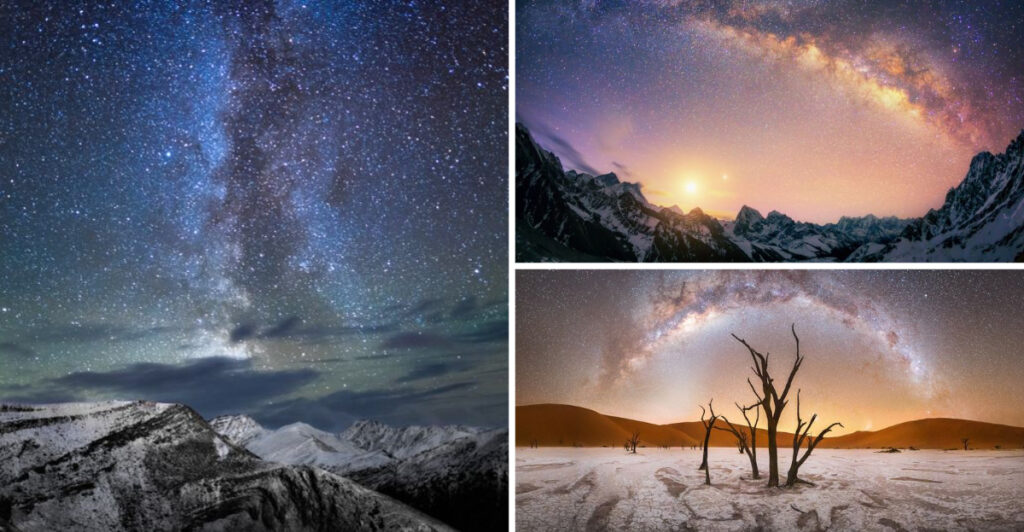Stargazing offers a mesmerizing escape into the universe. Whether nestled in the cool embrace of a mountain or surrounded by the vast openness of a desert, each location presents a unique celestial experience. We explore 16 of the world’s most enchanting stargazing spots, comparing mountains and deserts to determine which truly holds the sky’s secrets.
1. Mauna Kea, Hawaii
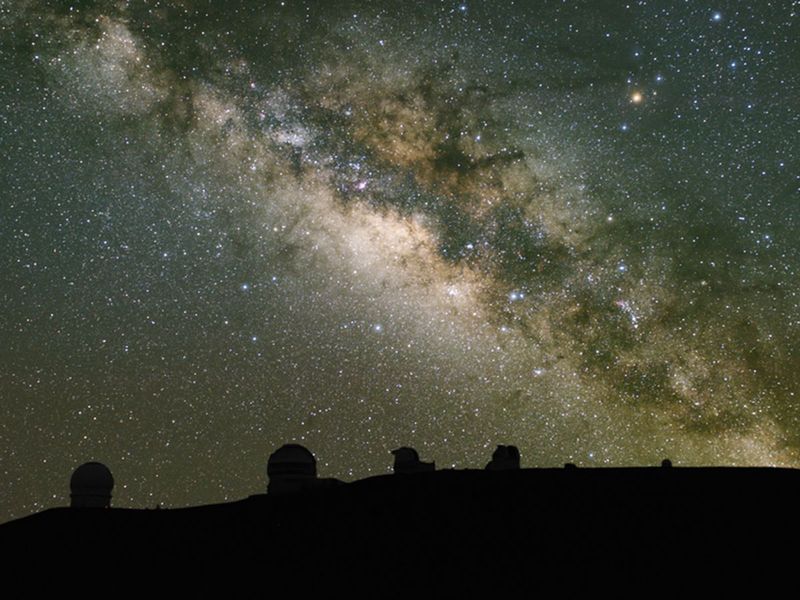
Mauna Kea, a dormant volcano in Hawaii, stands as a beacon for astronomers. Its high altitude and minimal light pollution make it a perfect spot for stargazing. The summit hosts some of the world’s most powerful telescopes, drawing scientists from around the globe.
As the sun sets, the sky transforms into a glittering canopy, revealing constellations and stars rarely seen from lower altitudes. The experience is both humbling and awe-inspiring, leaving visitors with a deeper connection to the cosmos.
Did you know? Mauna Kea is considered sacred by Native Hawaiians, adding a layer of cultural significance to its scientific importance.
2. Atacama Desert, Chile
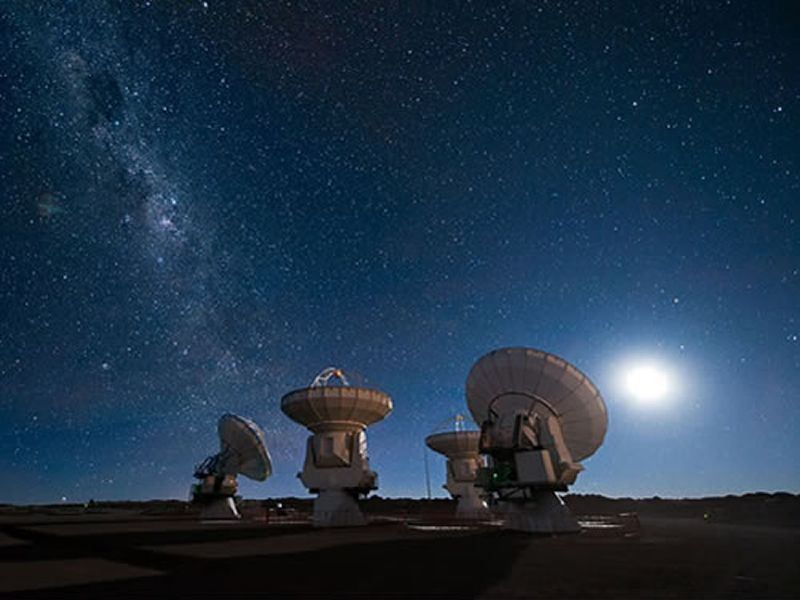
In the heart of the Atacama Desert, the sky unfolds like an astronomical map. Known for its extreme dryness and high altitude, this desert offers an unparalleled view of the stars.
Telescopes dot the landscape, harnessing the clarity of the atmosphere to explore distant galaxies. It’s a place where the universe feels within reach, and the stars tell ancient stories of the cosmos.
Fun fact: The Atacama is home to the ALMA Observatory, one of the largest astronomical projects in the world, making it a dream destination for stargazers and scientists alike.
3. Jasper National Park, Canada
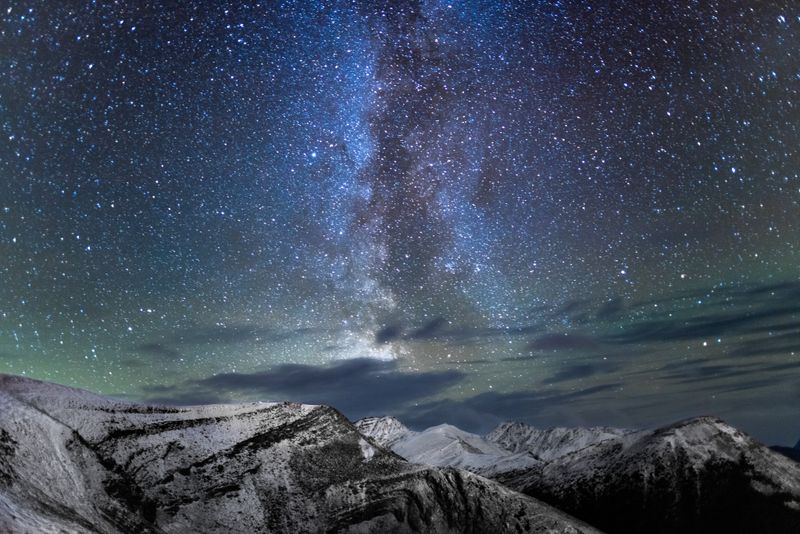
Jasper National Park, a UNESCO World Heritage site, offers a celestial symphony in the Canadian Rockies. Its Dark Sky Preserve status ensures minimal light pollution, allowing the Milky Way to shine brilliantly.
The park’s expansive landscapes become a theater for meteor showers and the ethereal Northern Lights. The tranquil surroundings enhance the stargazing experience, inviting introspection and wonder.
Jasper’s annual Dark Sky Festival celebrates the wonder of the universe, attracting enthusiasts and experts who share a passion for the stars.
4. Namib Desert, Namibia
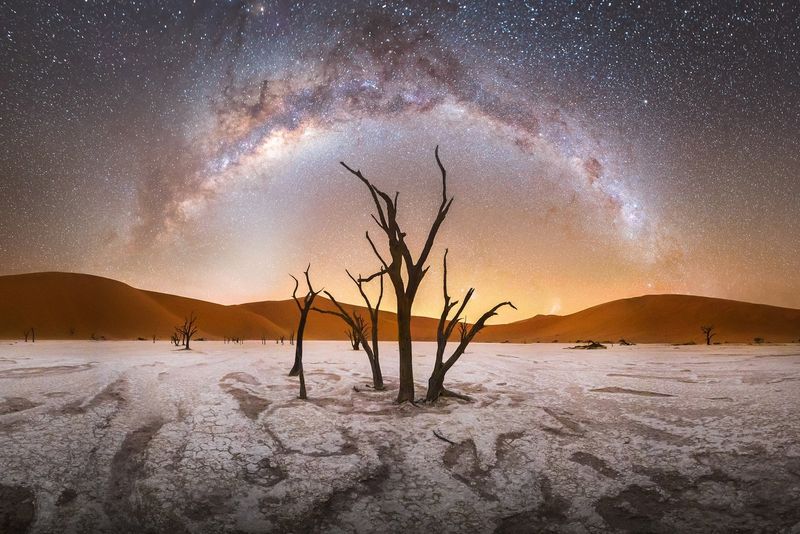
The Namib Desert, with its rolling dunes and ancient landscapes, offers a unique stargazing opportunity. Its clear, unpolluted skies reveal a tapestry of stars and celestial phenomena.
Visitors can witness the Southern Hemisphere’s constellations in all their glory, with the desert’s silence amplifying the sky’s grandeur.
Did you know? The Namib is considered the world’s oldest desert, and its night sky has guided travelers for centuries, linking them to the universe.
5. Sagarmatha National Park, Nepal
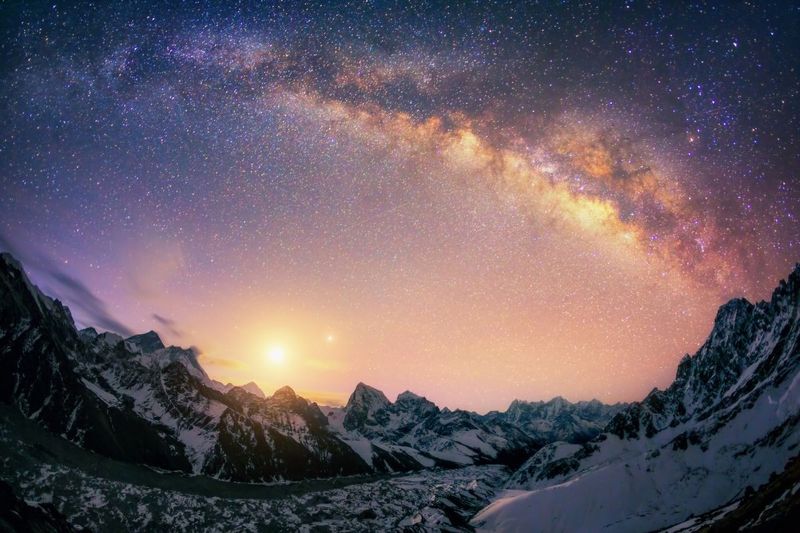
In the shadow of Everest, Sagarmatha National Park offers an extraordinary stargazing experience. The park’s high altitudes provide a crystalline view of the heavens.
Surrounded by the towering peaks of the Himalayas, the night sky feels closer, almost tangible. It’s a place where the stars seem to touch the mountains, creating a breathtaking spectacle.
Sagarmatha’s sacred status to the Sherpa people adds a spiritual dimension to the celestial display, making it a profound experience for visitors.
6. Wadi Rum, Jordan

Wadi Rum, often referred to as the Valley of the Moon, is a desert landscape of surreal beauty. Its vast open skies offer a pristine canvas for stargazing.
The rugged terrain and clear nights reveal a universe of stars, planets, and meteor showers. Wadi Rum’s timeless silence enhances the celestial experience, connecting earth to sky.
With its cinematic landscapes, Wadi Rum has been a backdrop for films, adding a touch of Hollywood allure to its natural wonders.
7. Sierra Nevada, Spain
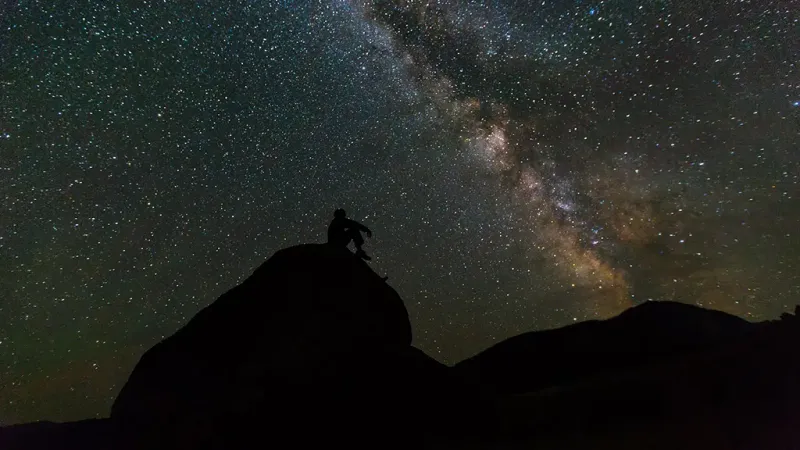
The Sierra Nevada in Spain offers a stargazing experience that combines natural beauty with astronomical wonder. The mountains’ elevation provides a clear view of the stars.
On a clear night, the Milky Way stretches across the sky, a river of stars flowing above the rugged terrain. The serene environment invites contemplation and awe.
Did you know? The Sierra Nevada is home to one of Spain’s highest peaks, and its skies have inspired poets and astronomers alike for generations.
8. Uluru, Australia

Uluru, a sacred site to the Anangu people, offers a stargazing experience infused with spiritual significance. The vast outback sky reveals stars that seem eternal.
Visitors can explore Indigenous constellations, gaining insights into the cultural stories woven into the night sky. Uluru’s red rock and expansive views create a poignant connection to the universe.
Fun fact: Uluru holds deep cultural importance, and its night sky has inspired ancient stories that guide and teach. Stargazing here is both a visual and spiritual journey.
9. Tenerife, Canary Islands

Tenerife, part of the Canary Islands, offers one of the world’s best stargazing locations. The island’s volcanic terrain and clear skies make it an astronomer’s paradise.
Teide National Park, home to the Teide Observatory, provides breathtaking views of the Milky Way and distant planets. The altitude and clean air contribute to the sky’s brilliance.
Did you know? Tenerife’s skies are protected by law to reduce light pollution, ensuring that the stars remain a majestic spectacle for generations to come.
10. La Palma, Canary Islands
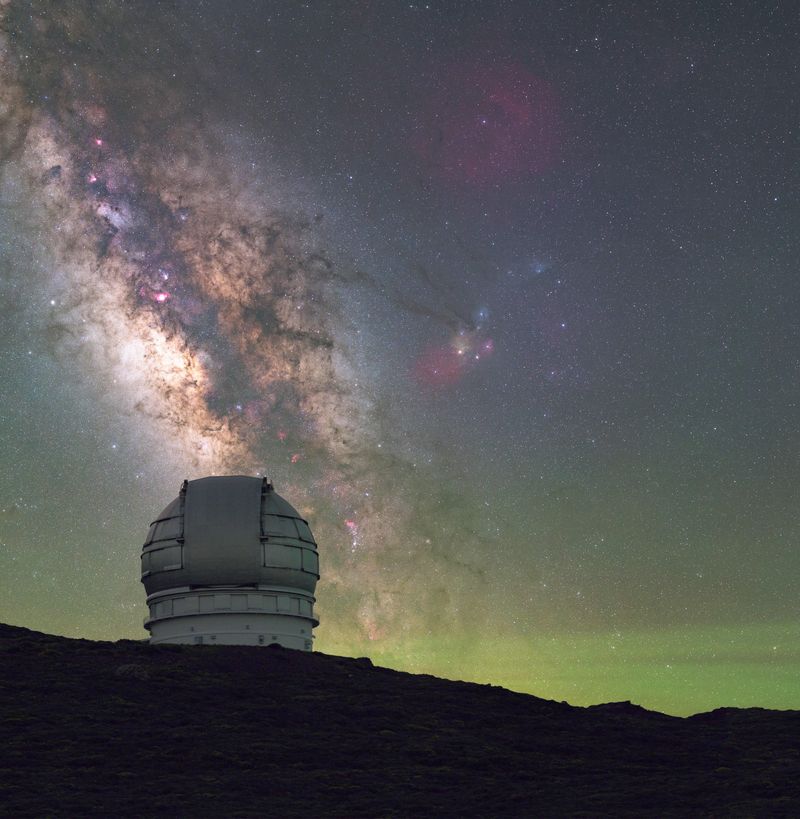
La Palma, another jewel of the Canary Islands, is renowned for its pristine stargazing conditions. Its Roque de los Muchachos Observatory is a gateway to the cosmos.
The island’s geographical features and minimal light pollution create an ideal environment for observing celestial wonders. Stars appear as diamonds scattered across the dark velvet sky.
La Palma’s commitment to preserving its natural and astronomical beauty attracts stargazers worldwide, making it a top destination for cosmic exploration.
11. Death Valley, USA
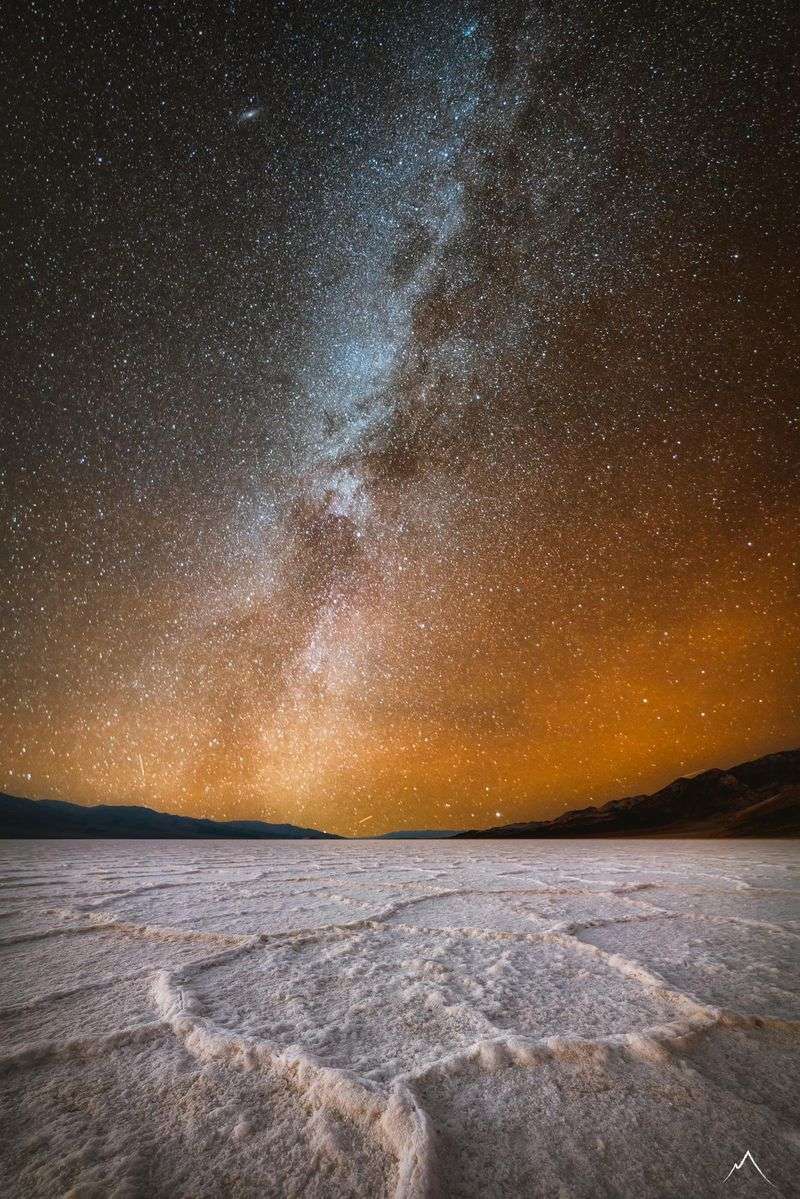
Death Valley, known for its extreme heat, transforms into a celestial wonderland at night. Its remote location and dry conditions make it perfect for stargazing.
Under the vast desert sky, the stars shine with an unmatched clarity, creating a tapestry of light that stretches across the horizon. It’s a place where the universe feels infinite.
Did you know? Despite its name, Death Valley’s night sky is full of life, with stars and planets telling stories that have inspired cultures throughout history.
12. Mount Cook National Park, New Zealand

Mount Cook National Park offers a stargazing experience that fuses natural grandeur with celestial magnificence. The park’s high peaks and clear skies reveal a universe of stars.
Visitors can witness the Southern Hemisphere’s constellations and, occasionally, the ethereal Southern Lights. The tranquil setting enhances the connection to the cosmos.
Mount Cook’s status as a Dark Sky Reserve ensures that the stars remain a focal point, drawing stargazers from around the world.
13. Karakum Desert, Turkmenistan

The Karakum Desert offers an extraordinary stargazing experience, with its vast dunes and clear skies. The desert’s dry climate and isolation provide optimal conditions for celestial observation.
The famous Darvaza Gas Crater, known as the “Door to Hell,” adds a unique glow to the desert night, contrasting with the star-filled expanse above.
Visitors to the Karakum can enjoy a sense of timelessness, as the stars tell stories that have echoed through history. It’s a place of wonder and discovery.
14. Bryce Canyon National Park, USA
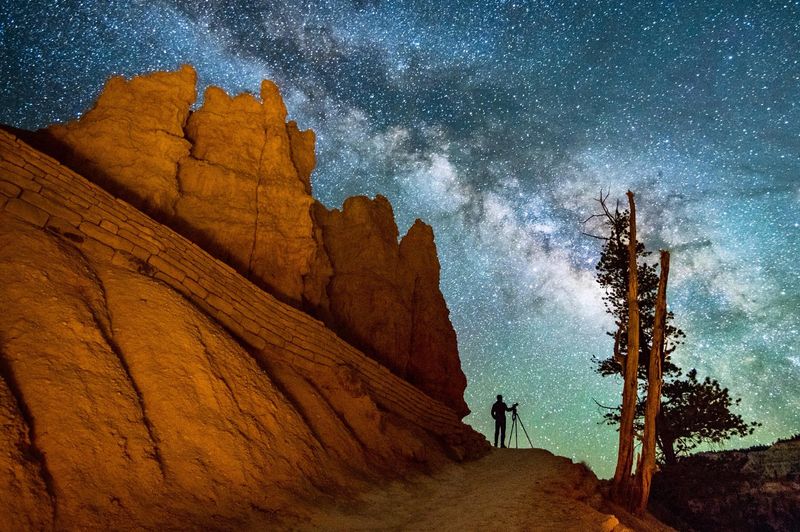
Bryce Canyon National Park, famous for its hoodoos, offers a stargazing experience like no other. The park’s high elevation and clear skies reveal a celestial panorama.
The vibrant red rocks glow under the starlight, creating a surreal landscape that captivates visitors. Stars and constellations paint the sky with stories of the universe.
Bryce Canyon’s dedication to preserving its night sky makes it a haven for astronomers and dreamers alike, drawn to its beauty and mystery.
15. Kiruna, Sweden

Kiruna, located in Sweden’s Arctic Circle, offers a stargazing experience intertwined with the magic of the Northern Lights. The town’s remote location ensures dark, unpolluted skies.
The aurora borealis dances across the heavens, creating a mesmerizing display of light and color that enchants visitors. Stars twinkle in the backdrop, adding to the celestial beauty.
Kiruna’s unique position provides a front-row seat to one of nature’s most spectacular shows, where the night sky becomes a stage for cosmic wonder.
16. Gobi Desert, Mongolia
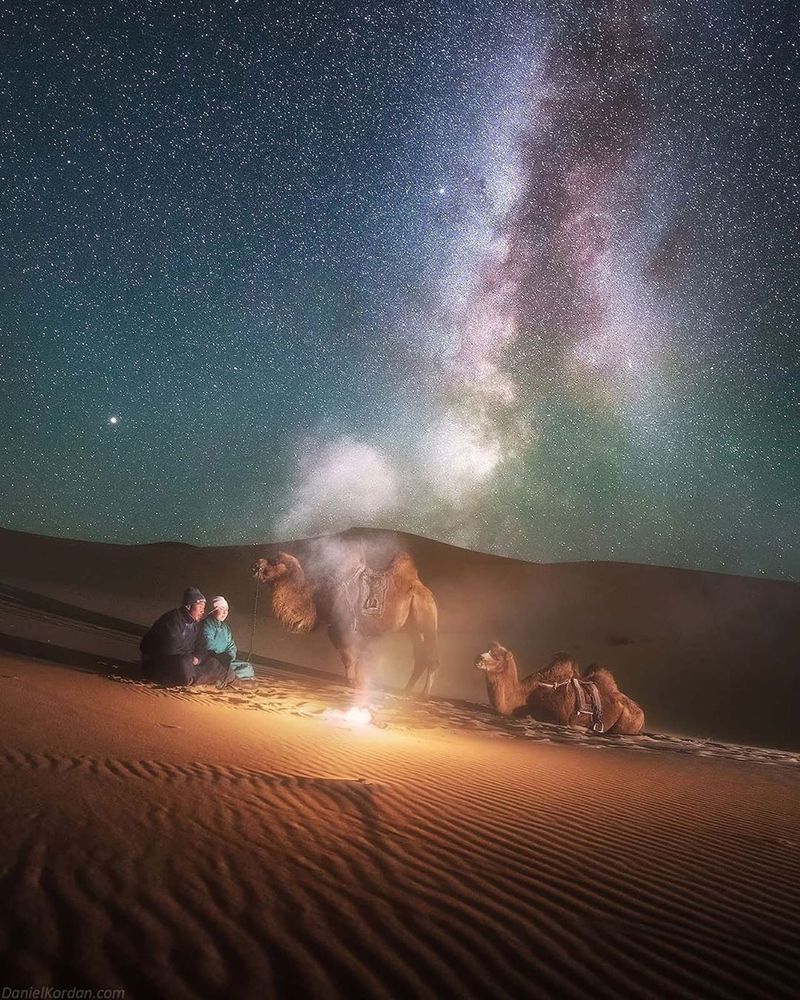
The Gobi Desert, with its expansive landscapes and nomadic culture, offers a stargazing experience rooted in tradition and wonder. Its clear skies and remote location reveal a universe of stars.
Traditional yurts dot the desert, providing a cozy vantage point for celestial observation. The Milky Way spans the sky, a river of light through the darkness.
Visitors to the Gobi are transported to a world where time stands still, and the stars illuminate the path of those who wander. It’s a place of serenity and cosmic connection.

